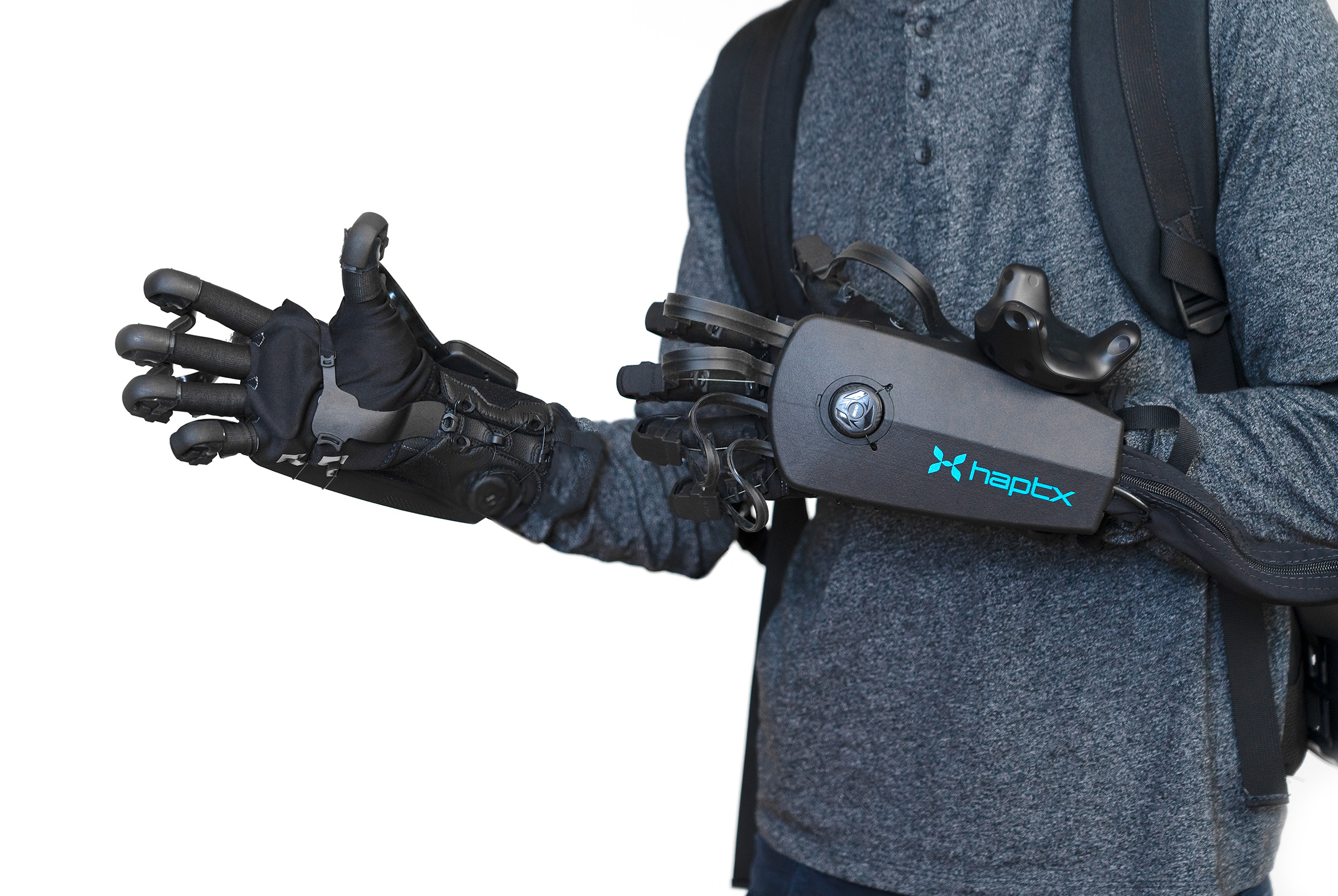HaptX delivers an intuitive wearable haptic device to meet the demanding quality requirements of enterprise customers.
HaptX, the San Luis Obispo, CA-based company focused on bringing realistic haptic technology to VR, has released its HaptX Gloves DK2, advanced haptic feedback gloves featuring “true-contact” haptic technology.
Each glove features more than 130 points of tactile feedback, promising far more realistic interactions than those offered by standard vibration and force feedback haptics. This tactile feedback physically displaces your skin up to 2mm, simulating the feeling of touching real objects.
To help explain how this works, Jake Rubin, CEO and Founder of HaptX, and Joe Michaels, Chief Revenue Officer for HaptX, talked with VRScout about their technology. “Our patented microfluidic skin consists of hundreds of tiny air channels and bubble-like pneumatic actuators, embedded in a flexible silicone-based smart textile,” said Rubin. “When your hand touches a virtual object, our SDK determines the contact force and object surface geometry, and turns this into a picture of exactly how your skin would be deformed at each of 133 points of contact per glove as if the virtual object were a real object touching their skin.”
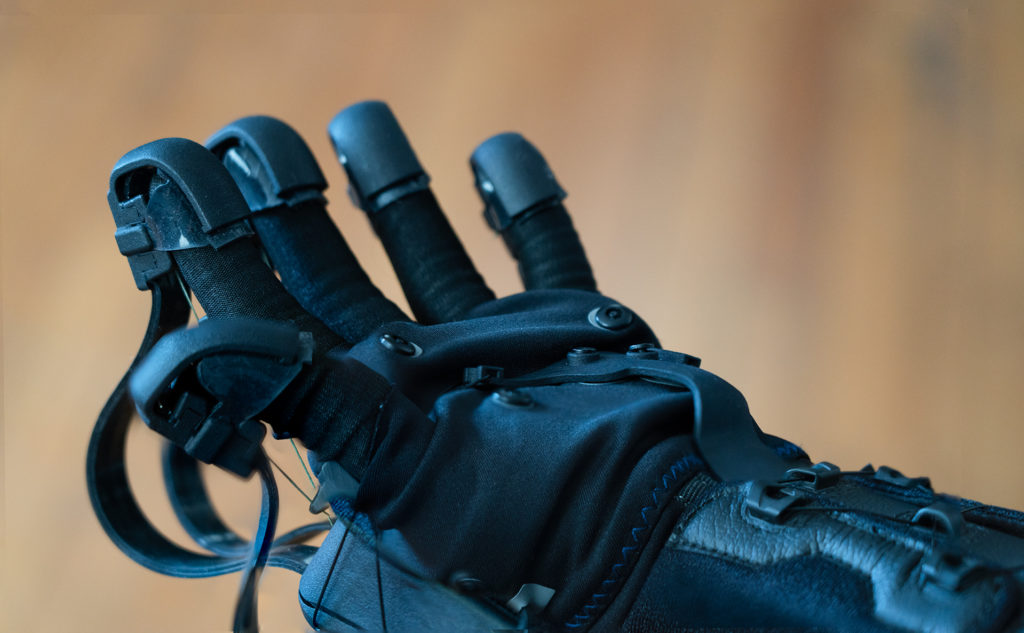
These types of hyper-realistic interactions are made possible through the use of a “microfluidic skin.” The artificial skin—made up of 130 flexible tactile actuators (almost like a series of tiny air bladders)—delivers “true-contact” feedback by activating specific tactile actuators in the glove when you touch something in VR.
As you grab an object, the air bladder inflates on that specific point of contact between your hand and the virtual object while the gloves exotendons provide up to 40 pounds of dynamic force feedback per hand (8lbs/35 N per finger). If, for example, you were to pick up a digital orange in VR using your fingertips, only your fingertips would receive that tactile feedback. At the same time, the exotendons would tighten up, delivering a sense of resistance throughout your entire hand as if holding a physical object.
HaptX also employs the use of magnetic motion tracking, a proprietary motion capture system featuring sub-millimeter precision, 30 DoF (degrees of freedom) per hand, and no latency or occlusion. Together this creates an individualized, physically-accurate VR hand model and renders a full-body avatar for enhanced immersion.
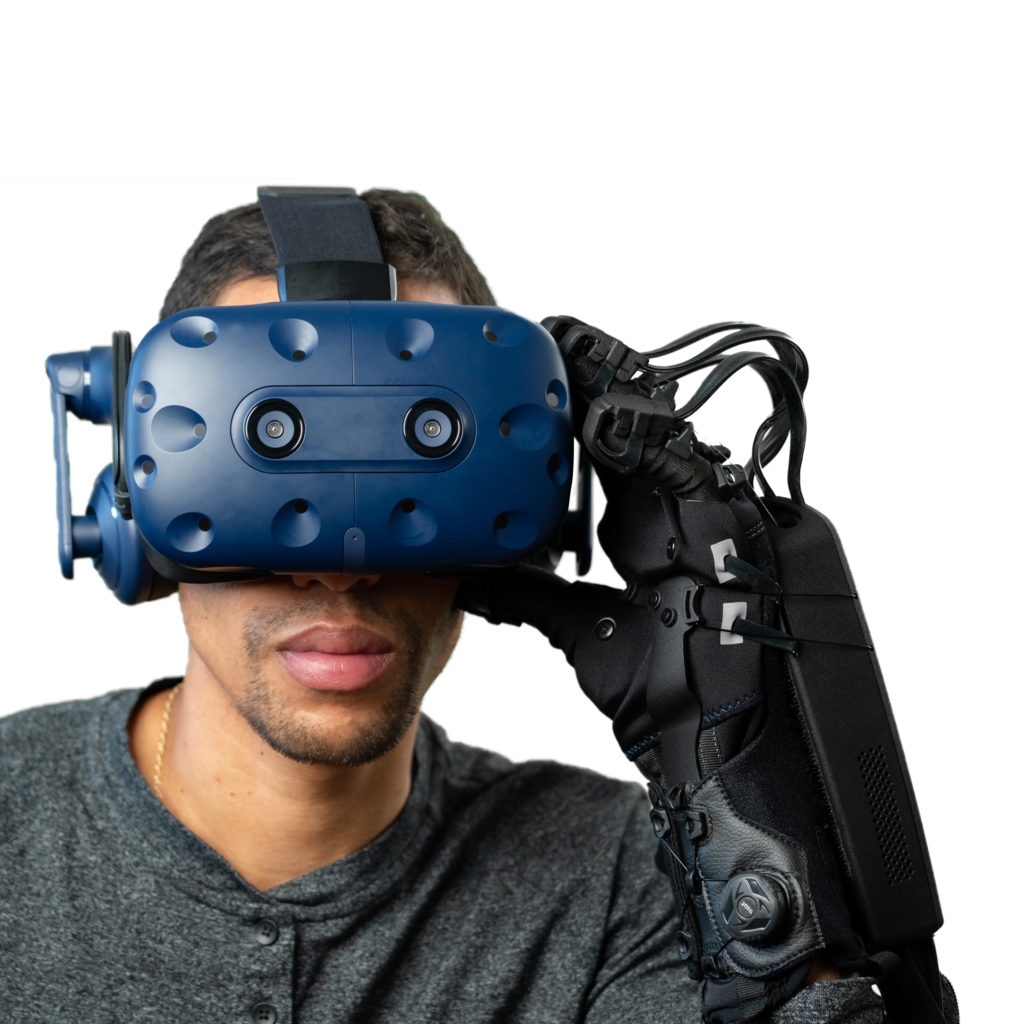
Michaels tells me that it took over seven years of development to bring their technology to life. There is nothing else remotely like it in the haptics industry in terms of sophistication or realism. “Achieving commercial-scale production of such a complex, novel technology involved innovations in materials, manufacturing processes, pneumatic components, and over countless thousands of man-hours,” he said.
Of course, HaptX wasn’t alone in this venture. Thanks to a deep-rooted partnership with Advanced Input Systems, the company was able to reach a point where it could produce its microfluidic skin cost-effectively in large quantities, opening the door to even bigger commercial opportunities over the coming years.
This technology is indeed a huge leap for the VR industry. The HaptX Gloves DK2 opens up a lot of possibilities with VR, XR, and robotics technologies.
In an official press release, Jake Rubin, HaptX Founder and CEO said, “HaptX Gloves DK2 might be the closest thing to attaining real-life superpowers,” adding, “It marks a leap forward in what’s possible with VR, XR, and robotics technologies.”
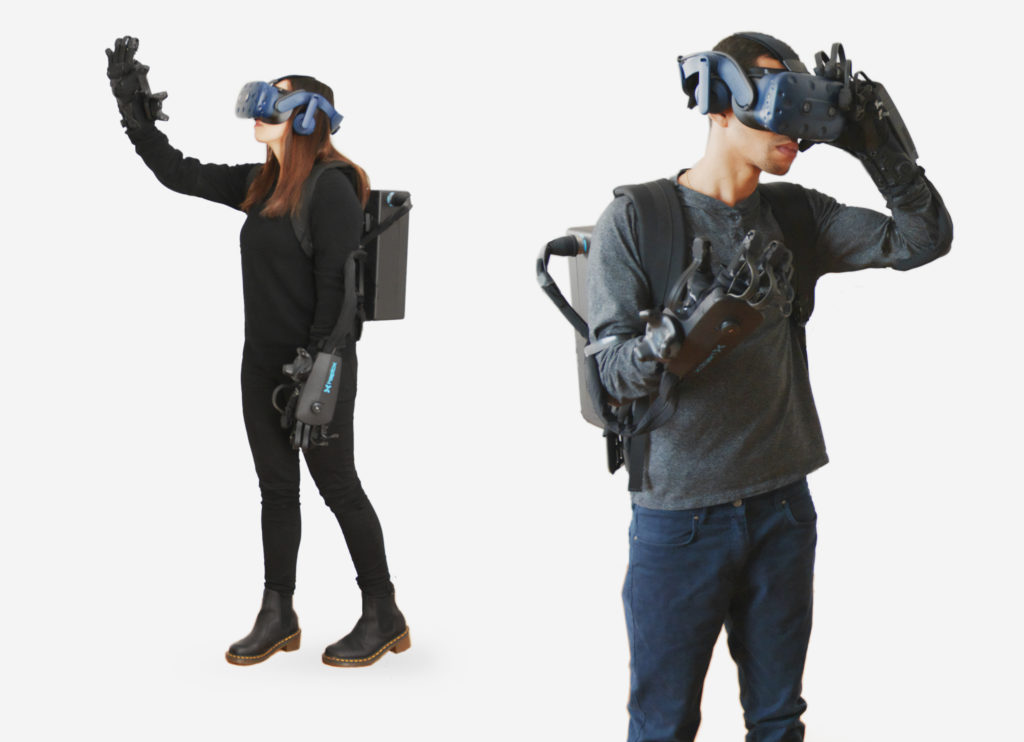
According to HaptX, Gloves DK2 is designed specifically for training and simulation as well as industrial design and robotics. The realistic haptic feedback allows you to practice dangerous tasks with zero risks to your safety. When paired with telerobotic technology, you can even go hands-on with a project remotely from across the globe. HaptX has already found great partnerships with Fortune 500 companies as well as government agencies around the world that have adopted HaptX gloves to help train their workforce.
In 2019, the company secured $12 million through a Series A financing round that allowed it to spend the last two years perfecting its Gloves DK2.
“We’ve shared earlier versions of HaptX Gloves with thousands of companies and VR industry leaders and incorporated their feedback in designing DK2,” said Joe Michaels, Chief Revenue Officer of HaptX. Based on the feedback they received, the team of designers reduced the size and weight, improved the fit and ergonomics, enabled room-scale VR support with SDK features that include multi-user networking, and enhanced the haptic fidelity.
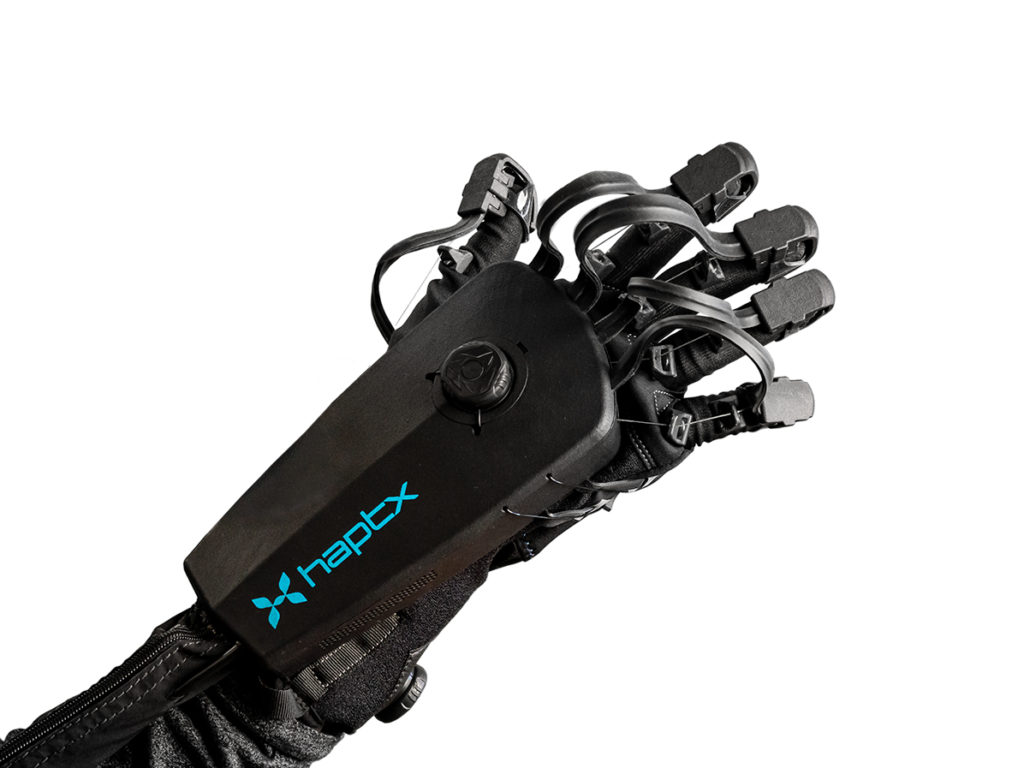
Of course, the COVID-19 pandemic showed us how valuable virtual tools are to virtually all industries. Tech companies increased their investment in telerobotics and remote tools in an attempt to keep production moving forward and connect with work colleagues around the globe. For Rubin, it presented an incredible opportunity for his company to focus on the needs of remote work environments.
“Automakers design and test new vehicles with [the HaptX Gloves DK2]. Companies use them to control robots intuitively from a distance. The possibilities are virtually endless,” said Rubin.
Of course, the possibilities Rubin speaks of could go way beyond industrial training and robotics. The HaptX Gloves DK2 could be an incredible tool for physical therapy, PTSD, sensory activities, phobia treatment, education, entertainment, eSports, and social VR. It’s already being used in the medical world to help train surgeons.
But to do that, HaptX Glove technology needs to be available as a consumer product while at the same time provide a full-body experience. Rubin agrees! He tells me that full-body feedback has always been part of their long-term vision. Their microfluidic skin was designed to be easily scalable for a variety of resolutions and form factors, and since true haptics for your hands is the hardest part, it’s actually easier to build wearables for other body parts such as the torso, arms, or legs.
As for a consumer version that could work with your Oculus Quest 2, “We have a detailed R&D roadmap for the next few years that involves two parallel paths,” Rubin adds, “On one hand, we’ll be working to reduce the cost of our Gloves and increase production volumes. This will make our best-in-class haptic feedback less expensive and more accessible, enabling us to bring our unique true-contact haptics to a wider variety of customers. For the foreseeable future, we’ll be focused on enterprise; however, we do eventually plan to introduce some version of our Gloves to the consumer market.”
That consumer market leap really depends on the grown trajectory of the consumer VR market and the level of development resources available on HaptX. Rubin predicts that the first place consumers will be able to experience HaptX Gloves will most likely be in a location-based entertainment venue rather than in your home.
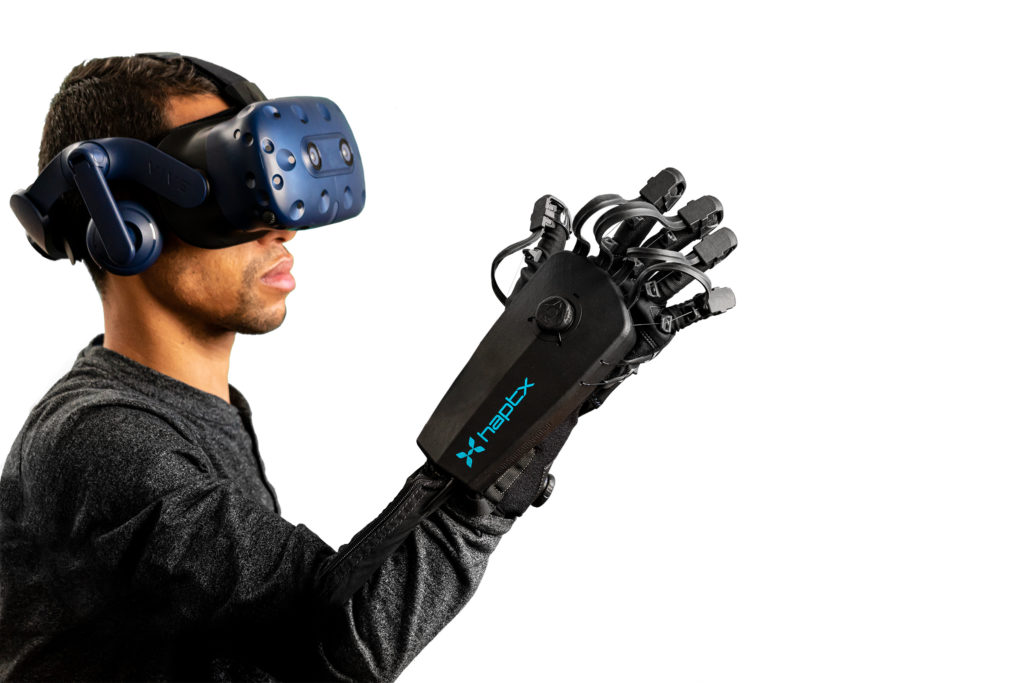
In the meantime, HaptX has an incredible roadmap planned with some exciting projects in the works. They wouldn’t share details, but they did say that they will continue to work on their platform to make it even more immersive, expanding true-contact haptic feedback to other parts of your body beyond your hands. It helps that the company was recently awarded a $1.5M multi-year contract from the NSF to assist in the development of their full-body haptic feedback technology.
Rubins ends our interview by saying, “We’re totally committed to our founding vision of fully-immersive Ready Player One-style VR, and we won’t stop working toward that goal until the virtual world becomes indistinguishable from reality.”
HaptX does not provide any type of public pricing for their Gloves DK2, but you can request a quote from HaptX and see if a partnership with the company fits like a glove. See what I did there?
Feature Image Credit: HaptX
The post HaptX Launches True-Contact Haptic Gloves For VR And Robotics appeared first on VRScout.
